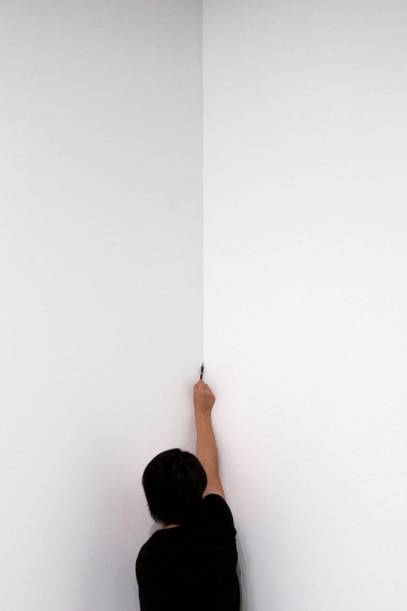Studying for an MA should be demanding academically, and empowering professionally. We are now at the end of our first semester, but still have no studio space to work freely in. A new room has been provided, but this wasn't available until we had been studying for a few weeks, and then came with implicit instructions that nothing could be attached to the walls! What utter nonsense. It would appear the demands of the accountants, administrators and estate management team supersede the needs of the students. A solution was eventually proposed, involving building mdf stud partition walls that could be 'pinned' to, but no labour has been allocated to build it. Students are rallying round, but progress is slow, and is likely to slow down even more as the pressures of academic deadlines and assessments approach. We need a space to work in.
The impact of this on my practice has been significant. There are many practical disadvantages to working from home (lack of space, interruptions, distractions), but more importantly, I believe, are the professional implications. Work produced in a domestic environment, tends to be conservative, and domestic, in scale and ambition. Would we be expected to conduct our scientific research from home if we were studying for an MSc I wonder?
Come on University of Hertfordshire. Show your students that you believe in them, and value their practice. Build the studio, paint it white, rejoice in the creativity that will ensue.









































